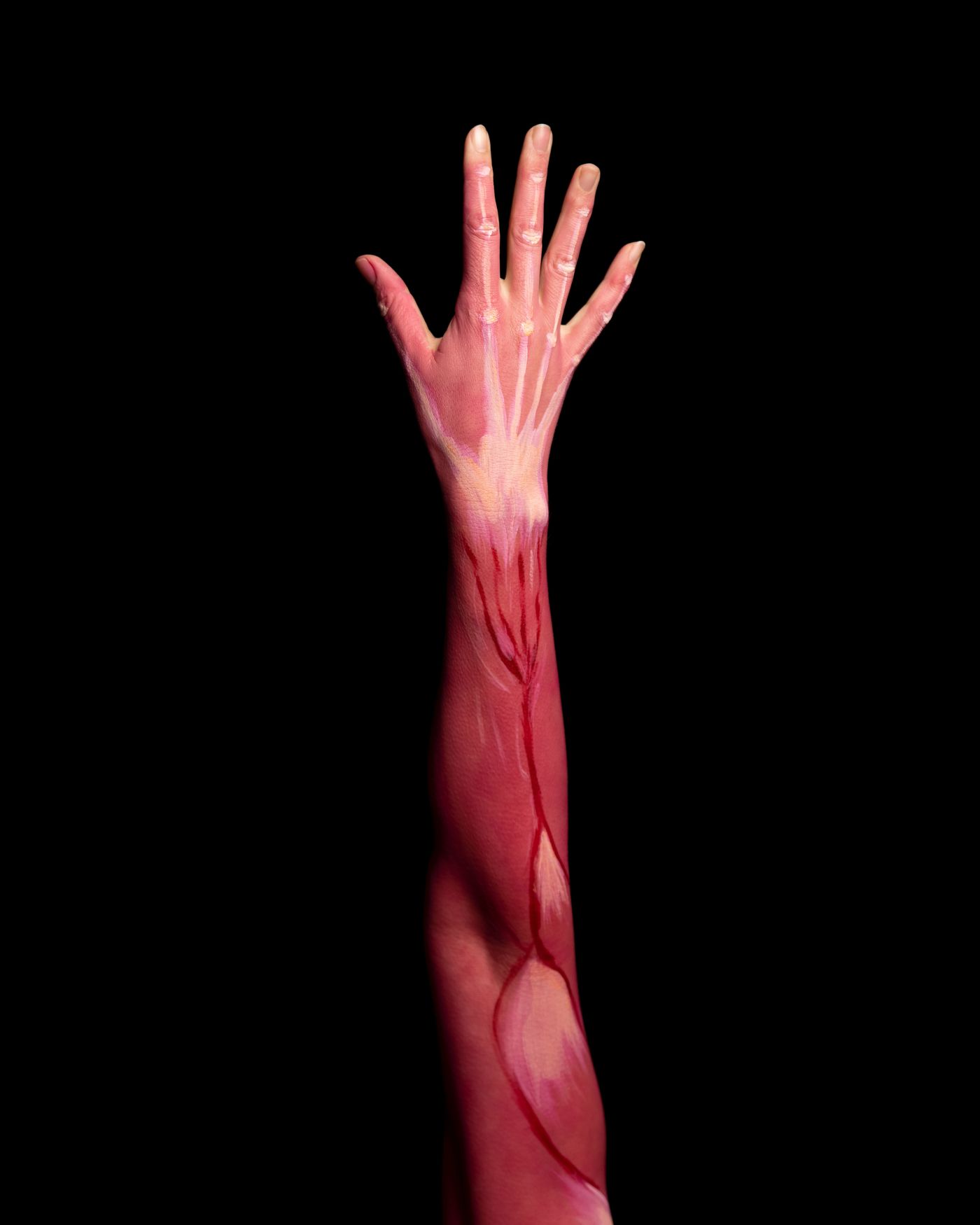New Neurotech Stimulates Spinal Cord to Improve Arm Mobility After Stroke
One out of four adults will experience a stroke. Of those, 75% incur debilitating motor control deficits in their arms and hands. People with a stroke enter the chronic stage six months after their initial symptoms. Outlooks can become bleak as no treatments exist for this stage, and impairments are considered permanent.
New hope for chronic stage patients has been announced in a Nature Medicine article from the University of Pittsburgh and Carnegie Mellon University.
Elvira Pirondini, Professor of physical medicine and rehabilitation, and colleagues feel that “creating effective neurorehabilitation solutions for people affected by movement impairment after stroke is becoming ever more urgent.”
They developed a new neurotechnology to stimulate and improve two stroke patients' hand and arm mobility.
Upper limb motor issues after a stroke result from damage to the corticospinal tract (CST). This pathway carries movement instructions from the motor cortex to the limbs and trunk of the body, and it's one of the primary inputs controlling arm and hand muscle dexterity.
"Even mild deficits resulting from a stroke can isolate people from social and professional lives and become very debilitating," described Pirondini, "with motor impairments in the arm and hand being especially taxing and impeding simple daily activities."
The research group implanted thin metal electrodes in the neck. They position the electrodes to stimulate the site where sensory nerve fibers from the arms and hand muscles enter the spinal cord, called the dorsal root entry zone.
Powell et al., Nature Medicine, 2023
In a way, this technology creates a new CST pathway without or with less damage. The electrode stimulates sensory afferent nerve fibers that usually send signals from the muscles toward the brain with movement, proprioception, and somatosensory information. Previous work has found that stimulation at the spinal cord can cause antidromic, or backward, signaling down these sensory neurons towards the muscles they innervate. That stimulation can jump transsynaptically and excite the motor neurons that innervate the same muscle.
Muscle movement was encouraged by activating the remaining intact sensory CST afferent nerves; the researchers improved muscle movement in the two stroke patients. Stimulation with this technique allowed patients mobility previously impossible, including fine motor movements like using a fork and knife.
In addition, this stimulation might also encourage therapeutic recovery. Professor of neurological surgery at the University of Pitt, Marco Capogrosso, asserted that they “found that after a few weeks of use, some of these improvements endure when the stimulation is switched off, indicating exciting avenues for the future of stroke therapies.”
Utilizing the technological results of preclinical research and exiting FDA-approved technologies, Capogrosso maintains that this work is “easily translated to the hospital and quickly moved from the lab to the clinic.”
These findings offer hope to other stroke patients in the chronic stage.
Sources: Nature Medicine, Journal of Neurophysiology









